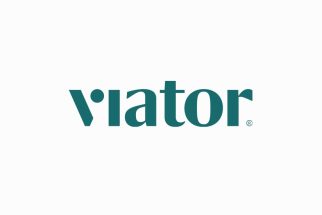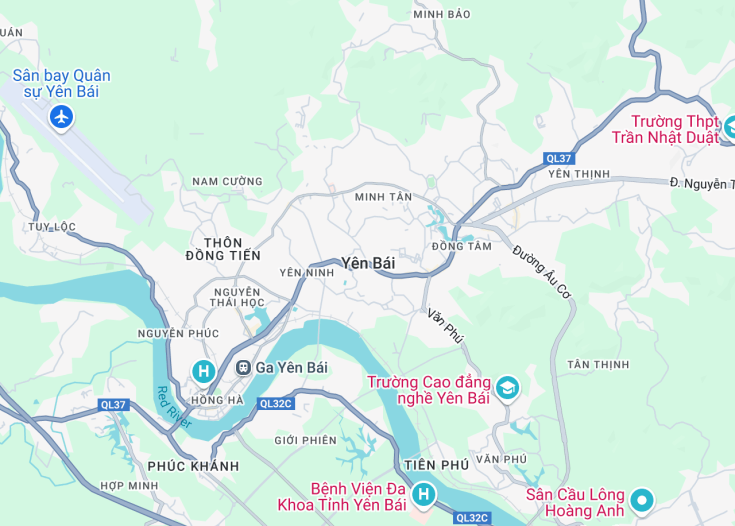Yen Bai is a captivating province in the northwest region of Vietnam, characterized by its majestic mountains, verdant forests, and rich cultural heritage. This less-traveled destination offers a plethora of outdoor activities such as trekking, exploring local markets, and visiting ethnic minority villages. The province is home to the stunning Mu Cang Chai terraced rice fields, which are especially breathtaking during the harvest season. Yen Bai’s serene beauty and traditional lifestyle present a perfect opportunity for those looking to explore the authentic side of Vietnam away from the bustling city centers.
Before heading to Yen Bai, ensure you plan your visit around September to October to witness the mesmerizing beauty of the terraced rice fields in their full golden splendor.
Consider hiring a local guide when visiting the ethnic communities. This will not only enhance your understanding of the local culture but also support the community economically.
Top things to do & see in Yen Bai
Select the following sights and activities to discover best tickets and tours available in Yen Bai.
Yen Bai: A Gem in Northern Vietnam
| Country | Vietnam |
| Time in Yen Bai | GMT+7 |
| Language spoken | Vietnamese |
| Population | 79,228 (World Population Review, 2023) |
| Currency | Vietnamese Dong (₫, VND) |
| Airports |
|
Providing a detailed 400-word description about Yen Bai in Vietnam, highlighting its significance and history.
Where is Yen Bai?
Located in the northwestern region of Vietnam, Yen Bai is nestled in the richly forested mountains of the country.
Distances:
| Route | Distance by car | Time by car |
|---|---|---|
| Hanoi to Yen Bai | 182 km | Approx. 3.5 hours |
| Ho Chi Minh City to Yen Bai | 1,835 km | Approx. 30 hours |
| Da Nang to Yen Bai | 975 km | Approx. 18 hours |
What is Yen Bai famous for?
Yen Bai is renowned for its stunning landscapes, particularly Mu Cang Chai Terraced Rice Fields, which offer some of the most beautiful scenery in Vietnam.
History
Prehistoric Period – Ancient Times
In the valleys and mountainous terrains of what is now known as Yen Bai, early human settlements can be traced back to prehistoric times. Archeological excavations have revealed the presence of ancient tools and artifacts, suggesting that these areas were inhabited by human groups who relied on hunting and gathering for their subsistence.
10th Century – Ethnic Diversity and Development
By the 10th century, Yen Bai had become a melting pot of various ethnic groups, including the Thai, Dao, and Hmong. These communities cultivated the fertile lands along the Red River and its tributaries, establishing distinct cultural identities that are still preserved today.
Colonial Era – 19th Century
During the 19th century, under French colonial rule, Yen Bai was transformed significantly. The French exploited its natural resources, particularly timber and minerals, shaping much of the region’s economic landscape. The colonial period also saw the construction of the Yen Bai railway station, which became a critical junction on the Hanoi – Kunming railway, linking Vietnam to China.
20th Century – A Time of Turmoil
The 20th century was marked by significant upheaval. In 1930, Yen Bai was the center of the Yen Bai mutiny, an important precursor to the broader Indochinese armed struggles against French colonial rule. Post-colonial era saw Yen Bai involved in the Vietnam War, experiencing both conflict and reconstruction in its aftermath.
21st Century – Modern Developments
In recent decades, Yen Bai has focused on developing its infrastructure and boosting local industries such as agriculture, forestry, and tourism. Efforts to preserve the cultural heritage of its diverse ethnic groups have also been intensified, turning Yen Bai into a unique destination that bridges its rich historical past with modern advancements.
Visit Yen Bai
What to see and do in Yen Bai
Yen Bai, a province rich in natural beauty and cultural diversity, offers a variety of attractions and activities for visitors. Explore the stunning landscapes of Mu Cang Chai, known for its breathtaking rice terraces, especially during the water-filling season in May or harvest time in September. Venture to Thac Ba Lake, one of the largest artificial lakes in Vietnam, ideal for boat trips and exploring remote islands. The historical sites such as the French colonial Yen Bai Railway Station provide insight into the region’s past. Adventurous travelers can hike in the Dong Van Highlands, encountering diverse ethnic groups and traditional lifestyles.
- Visit Mu Cang Chai terraces
- Boat trip on Thac Ba Lake
- Explore Yen Bai Railway Station
- Hiking in Dong Van Highlands
Festivals and Events in Yen Bai
Yen Bai hosts several cultural festivals annually, drawing visitors with its vibrant displays of ethnic traditions. The Muong Lo Cultural and Tourism Festival, held in September, features folk music, traditional sports, and culinary delights typical of the region. The Khau Pha Paragliding Festival, from May to October, offers the chance to soar over the stunning landscapes of Mu Cang Chai. Both events celebrate the cultural heritage and natural beauty of Yen Bai, making them significant attractions for tourists.
Best time to visit Yen Bai
The ideal time to visit Yen Bai is during the cooler, drier months from September to November when the weather is most pleasant and the landscapes are most vibrant. This period coincides with the rice harvest season, offering spectacular views of the golden rice terraces, and with local festivals that reflect the rich cultural tapestry of the region.
Is Yen Bai worth visiting?
Yen Bai is unquestionably worth visiting for those who appreciate cultural richness and natural beauty. The province offers a compelling blend of historical significance, ethnic diversity, and breathtaking landscapes. Whether you’re exploring its ancient terraces, participating in local festivals, or simply enjoying the hospitality of its diverse communities, Yen Bai provides a unique and enriching experience far from the well-trodden tourist paths.








